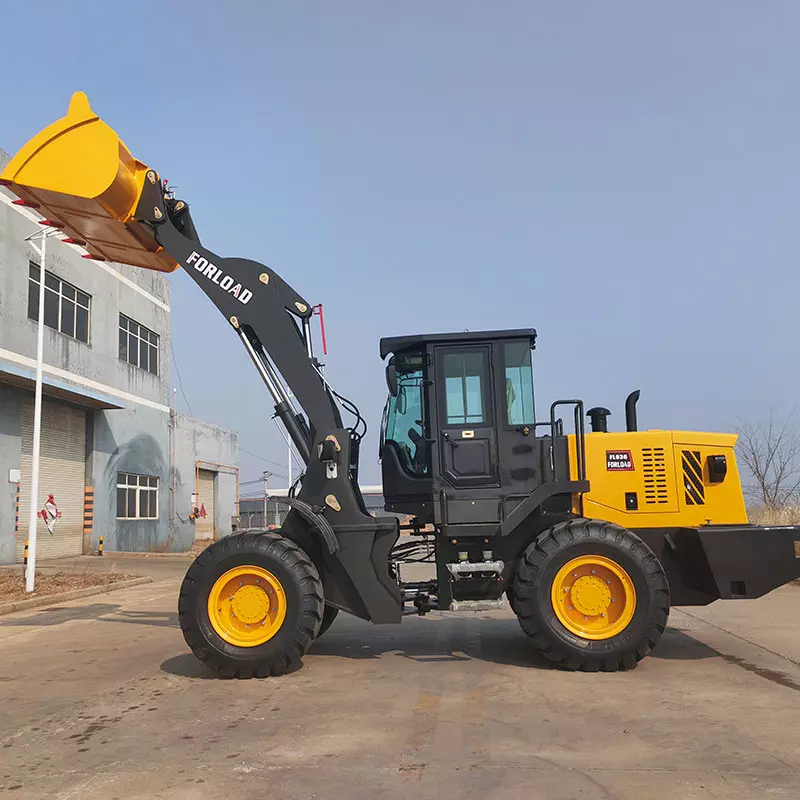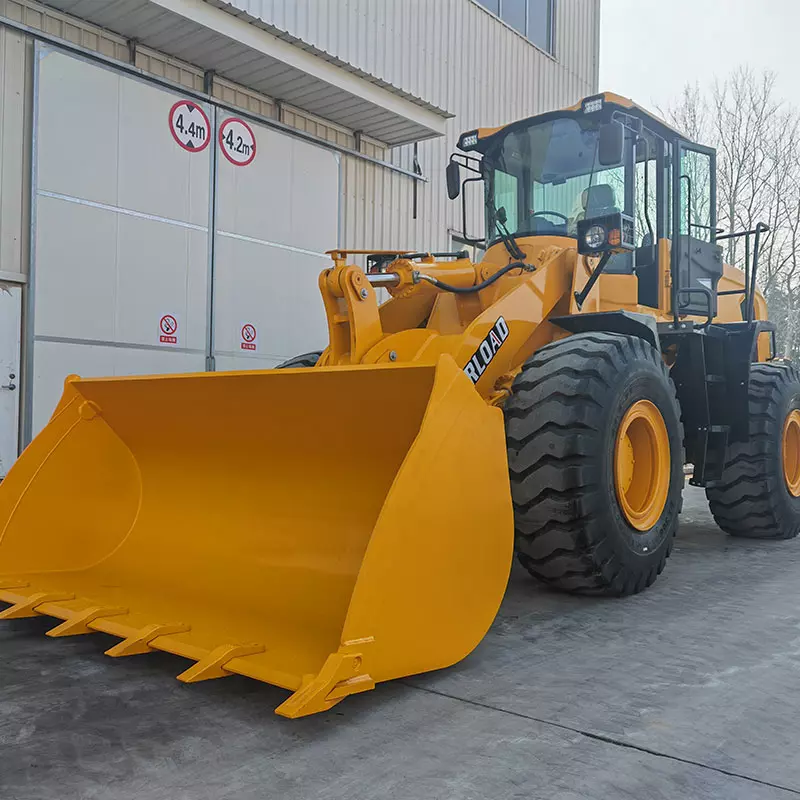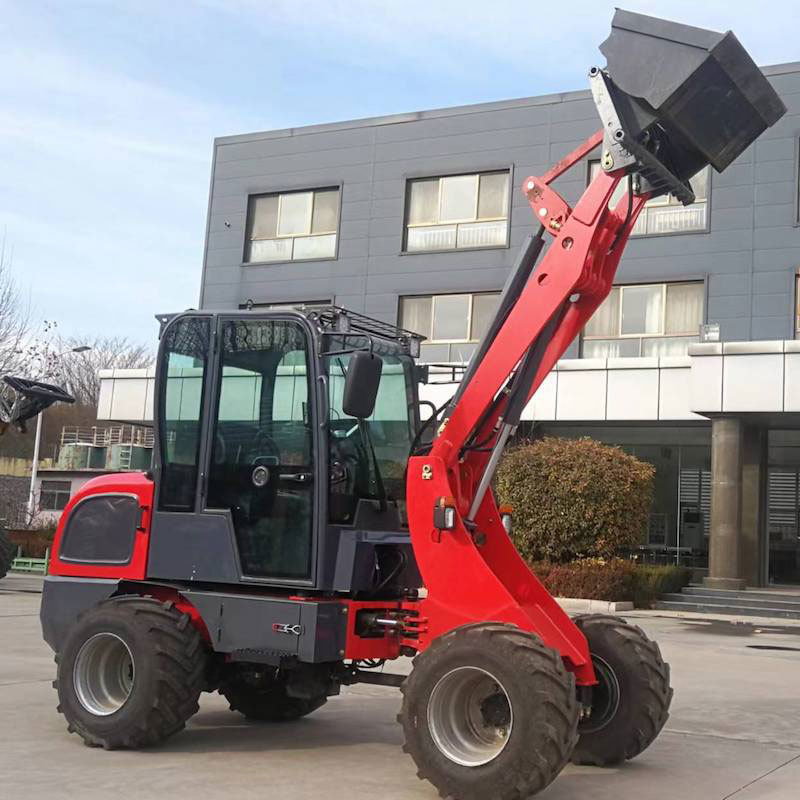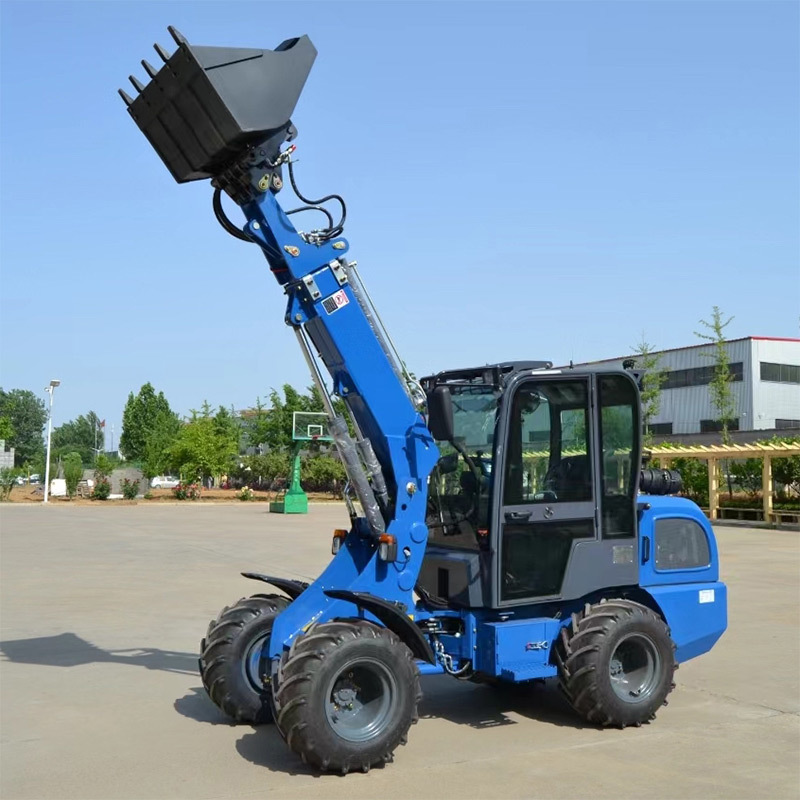NEWS CENTER
Unlocking Efficiency: The Advantages of Using a Narrow Aisle Forklift
Unlocking Efficiency: The Advantages of Using a Narrow Aisle Forklift
Table of Contents
- Introduction to Narrow Aisle Forklifts
- Key Benefits of Narrow Aisle Forklifts
- Maximizing Space Utilization
- Enhancing Safety in Warehousing
- Boosting Productivity and Efficiency
- Cost-Effective Solutions for Material Handling
- Types of Narrow Aisle Forklifts
- Applications of Narrow Aisle Forklifts
- Choosing the Right Narrow Aisle Forklift
- Maintenance and Care for Narrow Aisle Forklifts
- Frequently Asked Questions
- Conclusion
Introduction to Narrow Aisle Forklifts
In today’s fast-paced logistics and warehousing environments, efficiency is paramount. Narrow aisle forklifts provide a solution to one of the biggest challenges faced by warehouse operators - maximizing the use of limited space while maintaining productivity. These specialized vehicles are designed for confined spaces, enabling operators to navigate tight aisles and optimize storage capacity.
The growing demand for space-efficient solutions has made narrow aisle forklifts increasingly popular in various industries, including retail, manufacturing, and distribution. This article explores the numerous advantages of using narrow aisle forklifts, offering you insights into how they can transform your material handling operations.
Key Benefits of Narrow Aisle Forklifts
Narrow aisle forklifts come with a host of benefits that make them a favorable choice for warehouses looking to enhance operations. Let’s delve into the key benefits that narrow aisle forklifts offer.
Maximizing Space Utilization
One of the most significant advantages of narrow aisle forklifts is their ability to maximize warehouse space. With their compact design, these forklifts can operate in aisles as narrow as 6 feet, allowing warehouses to utilize vertical storage options and increase pallet density. This space optimization leads to several advantages:
- **Increased Storage Capacity**: Warehouses can fit more racks and pallets in the same floor area, leading to higher storage capacity without the need for expansion.
- **Improved Inventory Management**: With more space dedicated to inventory, businesses can stock a wider variety of products, enhancing customer satisfaction.
- **Reduced Cost of Real Estate**: By maximizing the use of existing space, businesses can avoid the high costs associated with leasing or buying additional warehouse space.
Enhancing Safety in Warehousing
Safety is a critical concern in any warehouse environment. Narrow aisle forklifts are designed with safety features that help minimize the risk of accidents. These features include:
- **Enhanced Visibility**: Narrow aisle forklifts often feature better visibility for operators, reducing the chances of collisions and ensuring safe navigation through tight spaces.
- **Stability Control Systems**: Many models include advanced stability control systems that prevent tipping, even when navigating uneven surfaces or performing lift operations.
- **Reduced Maneuverability Risks**: The small footprint of narrow aisle forklifts allows for smooth navigation in tight spaces, lowering the chances of accidents caused by large turning radiuses.
By improving safety, businesses can reduce downtime caused by accidents and injuries, ultimately leading to more efficient operations.
Boosting Productivity and Efficiency
Narrow aisle forklifts are engineered for high performance, which translates to increased productivity. Here’s how they help businesses achieve more in less time:
- **Faster Operations**: The design of narrow aisle forklifts allows operators to navigate quickly through aisles, speeding up loading and unloading processes.
- **Enhanced Reach Capabilities**: Reach trucks, a type of narrow aisle forklift, can extend their forks to access high storage spaces, allowing for swift retrieval of goods.
- **Improved Ergonomics**: Many narrow aisle forklifts come equipped with ergonomic designs, reducing operator fatigue and enabling longer working hours without compromising performance.
The combination of speed, reach, and operator comfort can significantly boost overall warehouse efficiency.
Cost-Effective Solutions for Material Handling
Investing in narrow aisle forklifts can lead to substantial cost savings. Here’s how they can be a cost-effective solution for your warehouse:
- **Lower Operational Costs**: The efficiency of narrow aisle forklifts can lead to lower labor costs, as fewer workers are needed to move more products.
- **Reduced Maintenance Costs**: With fewer moving parts and a simpler design, narrow aisle forklifts often require less maintenance compared to larger forklifts, resulting in lower long-term costs.
- **Energy Efficiency**: Many narrow aisle forklifts are designed to be energy-efficient, consuming less power and leading to reduced energy bills.
By integrating narrow aisle forklifts into your operations, you can achieve a robust return on investment.
Types of Narrow Aisle Forklifts
Understanding the various types of narrow aisle forklifts can help you select the right model for your specific needs. Here are the most commonly used types:
Reach Trucks
Reach trucks are specifically designed for narrow aisles, allowing operators to reach high shelves efficiently. They feature extendable forks that enable them to pick and place loads at varying heights, making them ideal for warehouses with vertical storage solutions.
Order Pickers
Order pickers are used primarily for retrieving items from shelves. These forklifts enable the operator to access the storage platform, allowing them to pick items directly from the racks. This feature increases picking accuracy and reduces the time spent searching for products.
Turret Trucks
Turret trucks combine features of reach trucks and order pickers, allowing for both high reach capabilities and order picking functionality. They are versatile machines suitable for a variety of warehouse tasks, making them an excellent choice for businesses looking to maximize efficiency.
Applications of Narrow Aisle Forklifts
Narrow aisle forklifts are versatile and found in various industries, each benefiting uniquely from their use. Some common applications include:
- **Retail Warehousing**: Retailers utilize narrow aisle forklifts to manage their inventory efficiently, enabling them to stock a large variety of products in limited spaces.
- **Manufacturing Facilities**: In manufacturing, these forklifts help transport raw materials and finished products within the facility, streamlining operations.
- **Distribution Centers**: Distribution centers benefit from the efficiency of narrow aisle forklifts, enabling quick order fulfillment and enhanced inventory management.
The adaptability of narrow aisle forklifts makes them indispensable in modern warehousing.
Choosing the Right Narrow Aisle Forklift
Selecting the right narrow aisle forklift requires careful consideration of your warehouse's specific needs. Here are key factors to evaluate:
- **Aisle Width**: Measure the width of your aisles to determine which model will fit and perform optimally.
- **Load Capacity**: Determine the maximum weight of items you need to lift, as this will affect your choice of forklift.
- **Height Requirements**: Consider the height of your storage racks to ensure the forklift can reach the necessary levels.
- **Operational Environment**: Assess whether your warehouse has environmental factors (such as temperature or humidity) that may affect the forklift's operation.
By taking these factors into account, you can make an informed decision that meets your operational demands.
Maintenance and Care for Narrow Aisle Forklifts
Proper maintenance is crucial for ensuring the longevity and efficiency of narrow aisle forklifts. Here are essential maintenance practices:
- **Regular Inspections**: Schedule routine inspections to identify and resolve issues before they escalate. Look for wear and tear on tires, brakes, and hydraulic systems.
- **Battery Maintenance**: For electric models, regularly check battery health and ensure proper charging practices to extend battery life.
- **Cleaning**: Keep the forklift clean to prevent accumulation of dust and debris that may affect performance.
- **Training**: Ensure that operators are trained in proper handling and maintenance procedures to minimize the risk of damage and accidents.
By adhering to these maintenance guidelines, you can maximize the performance and lifespan of your narrow aisle forklifts.
Frequently Asked Questions
1. What is the primary function of a narrow aisle forklift?
Narrow aisle forklifts are designed to efficiently navigate small spaces in warehouses, allowing for optimal space utilization and enhanced material handling.
2. Can narrow aisle forklifts operate in outdoor environments?
Most narrow aisle forklifts are designed for indoor use due to their compact size; however, some models may be suitable for light outdoor tasks. It's essential to consult the manufacturer's guidelines.
3. How much space can narrow aisle forklifts save in a warehouse?
Narrow aisle forklifts can reduce aisle widths to as little as 6 feet, allowing for up to 30% more storage capacity compared to standard forklifts.
4. What types of loads can narrow aisle forklifts handle?
Narrow aisle forklifts can handle a wide range of loads, including pallets, boxes, and bulk materials, depending on the specific model and its load capacity.
5. How do I train my staff to operate narrow aisle forklifts safely?
Provide structured training programs that include both theoretical knowledge and hands-on practice, focusing on safety protocols, operational techniques, and maintenance procedures.
Conclusion
Narrow aisle forklifts offer significant advantages for businesses looking to optimize their warehousing operations. By maximizing space utilization, enhancing safety, increasing productivity, and providing cost-effective solutions, these specialized forklifts are proving to be invaluable assets in the logistics industry.
As warehouse demands continue to evolve, investing in narrow aisle forklifts can provide your business with a competitive edge, allowing you to meet customer needs efficiently while streamlining your operations. By understanding the various types, applications, and maintenance requirements, you can make informed decisions that will help unlock the full potential of your warehouse.
narrow aisle forklift
Prev
Prev












